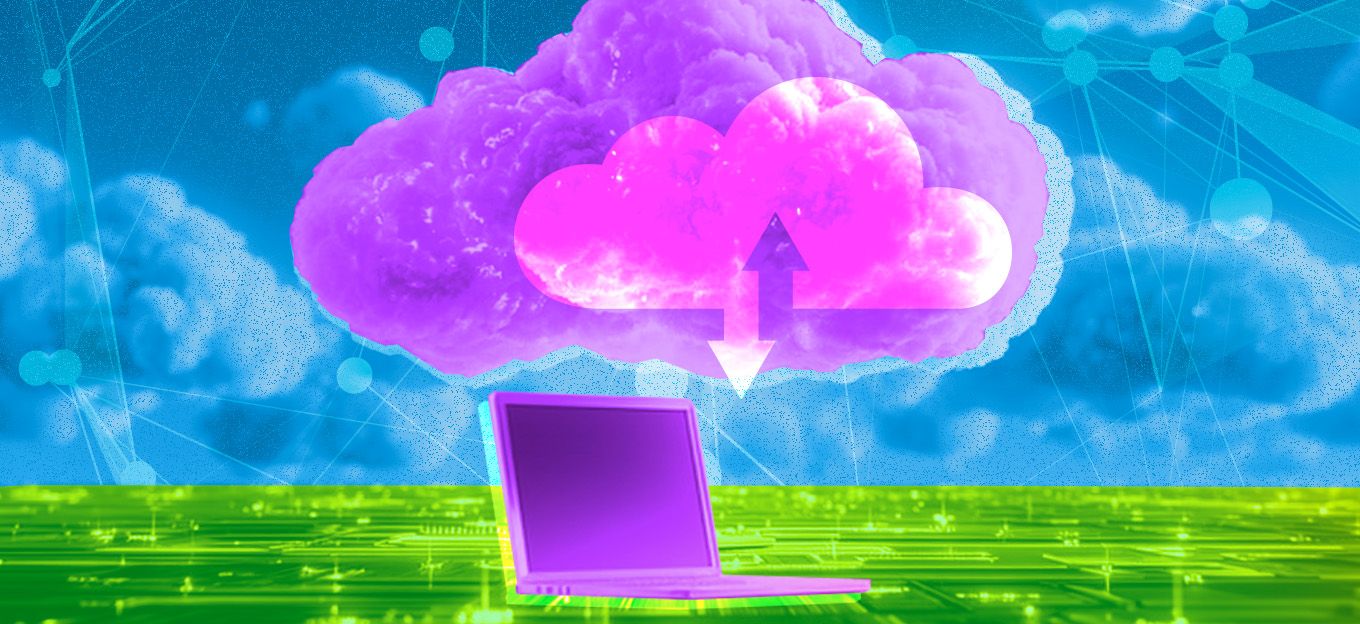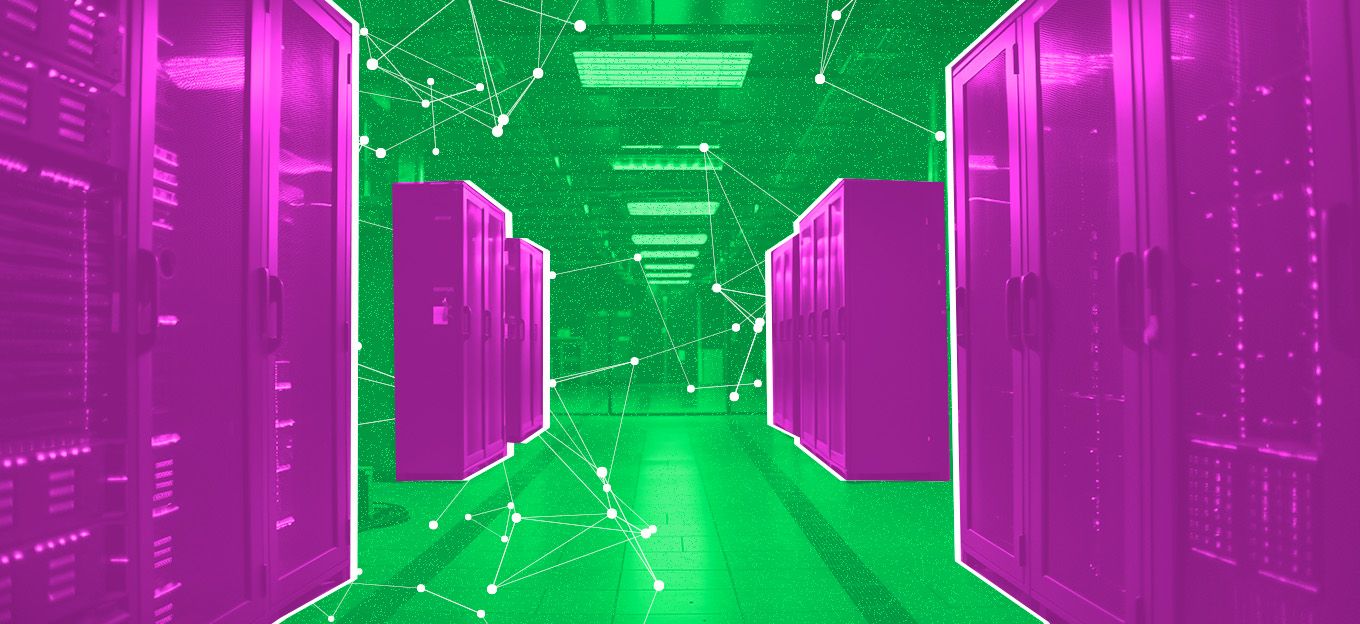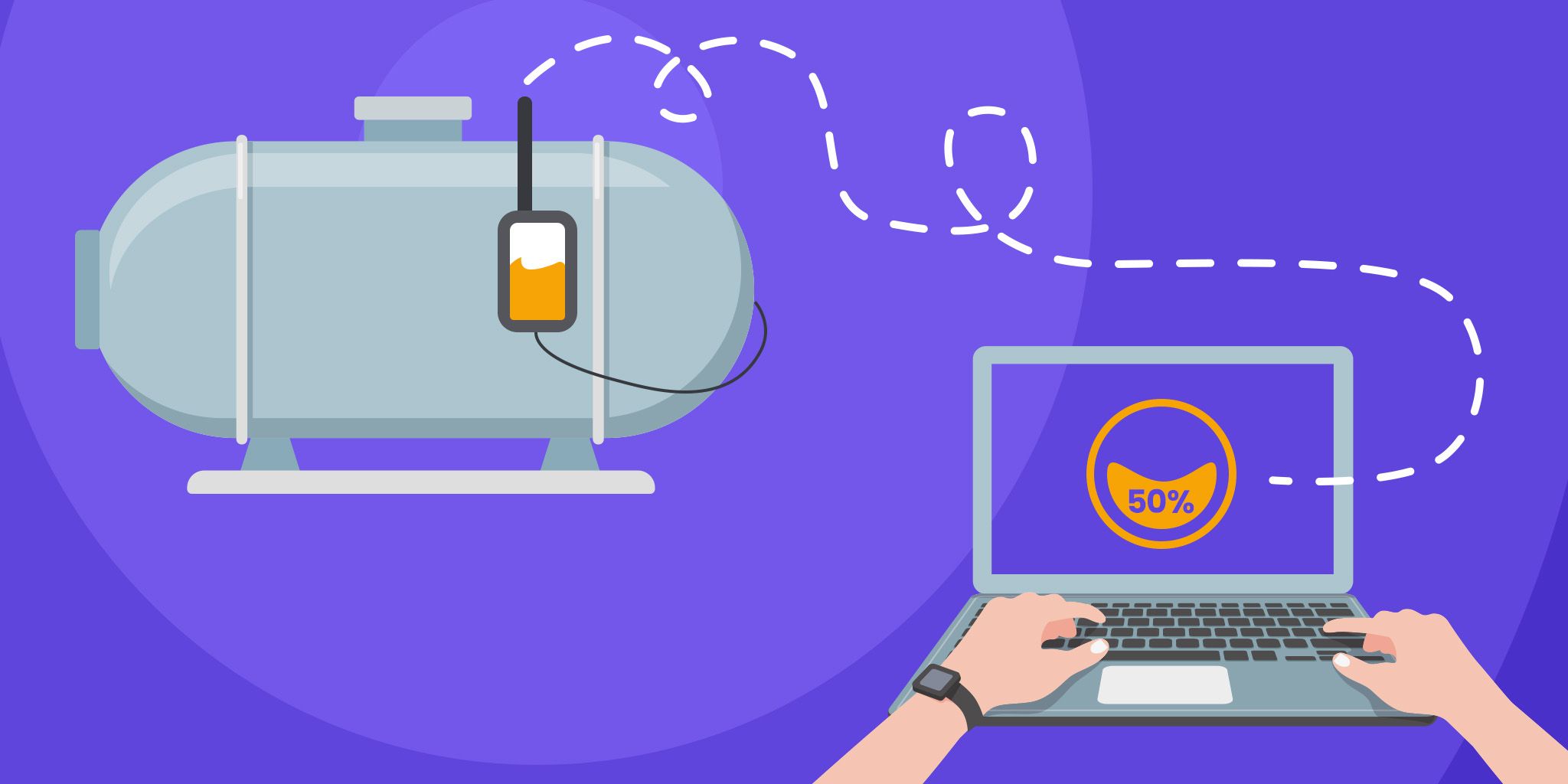Industrial Internet of Things: When the Best of IT & OT Combine
Industrial Internet of Things: When the Best of IT & OT Combine
- Last Updated: December 2, 2024
Guest Writer
- Last Updated: December 2, 2024



Industrial IoT: A Brief Description
Industrial Internet of Things or IIoT is a subset of IoT. It is a network of connected devices that belongs to the industrial sector. The network consists of sensors and many other devices connected to the manufacturing or industrial unit. The interconnection helps in data transfer between them, without any human-to-human or human-to-machine interaction.
Digital transformation technologies are taking a new shift with the advent of IIoT. Integration of new software technologies with OT and IT is key to success.
In short, with the help of connected devices, the data can be collected, stored, analyzed, and acted accordingly. IIoT is the IoT that is exclusive to the industrial or manufacturing sector. It helps in making mass production more efficient and smart. It makes the industrial units intelligent factories. In this blog, we will see more about IIoT and its benefits.
The Difference Between IoT and IIoT
As mentioned above, IIoT is a subset of IoT. The main difference between IoT and IIoT is that IIoT is exclusive for industries. IIoT uses more sophisticated devices to improve manufacturing. At the same time, IoT is more focused on consumer consumption. As IIoT involves more critical machines, the instruments used are more sophisticated and sensitive. In contrast, IoT uses more simple and risk-free devices to improve the user experience.
Let us see the difference better with the help of two examples. Consider predictive analysis; it is one of the critical features of IIoT. Consider a big manufacturing unit; if a machine gets damaged, the loss is enormous. With more sensitive sensors, the production capacity and each machinery's functioning can be checked regularly. This is the predictive analysis where the factory owner can know when the machinery requires maintenance and when it will get damaged. It saves a lot of money and makes production more efficient.
Now over to IoT, smart homes are perfect examples of the technology. There are sensors in your rooms to control the temperature according to the climate outside and switch off lights when it is not required. This, in turn, saves electricity and reduces the bill.
Key Technologies Used in IIoT
Edge Computing
Edge computing is decentralized data processing; that is, the data is processed at the edge of the network rather than the centralized processing. When it comes to IIoT, centralized data processing will take a lot of time, as many devices are connected to the network. So if we bring the data storage and processing closer to the edges, the response time will be much lesser, and the devices can function more efficiently.
In a way, it contrasts with cloud computing, where all the data is stored in a central location. Edge computing will improve the efficiency and productivity of connected devices.
Cloud Computing
Cloud computing is the system where the data and information are stored in a central location and retrieved from the local devices according to requirements. The advantage here is that every local server may not require all the data and files. It helps in saving up space for more important files on the local server.
Artificial Intelligence & Machine Learning
Artificial Intelligence is a technology where machines develop intelligence to act upon the data they receive without human intervention. Machine learning is the crucial part of artificial intelligence where the devices are taught to tell the outcome without pre-programming them accurately. With the help of these, intelligent machines can be built to make manufacturing a more smart process. AI for IIoT is like food is for humans.
Cyber-Physical Systems
The Cyber-Physical System (CPS) is the primary technology for both IoT and IIoT. It is through this the physical devices which were earlier not interconnected are now connected. So CPS integrates the physical world and with software technologies. The dynamics of the machinery and the software technologies are integrated using CPS. It enables the communication between IT (Information technology) and OT (Operational Technology). Thereby it became the base of the internet of things and its subset industrial internet of things.
Big Data Analytics
We have all heard about big data; it is a massive volume of data in simple terms. Big data analytics is how the exceedingly large data from all the devices is analyzed and acted upon. In IoT, where there are vast amounts of data, big data analytics comes into the picture.
Industry Benefits: Combining IT and OT
With the potential to handle vast amounts of data, analyze it, and act upon it. Along with interconnecting with the physical machinery, the IIoT has enormous potential in the industrial sector. Look into two industries where IIoT has brought tremendous changes or, to be more precise, the IIoT benefits.
Oil & Gas Industry
The oil and gas industry has an image of a dangerous industry to work in. With the use of IIoT, the safety of the workers is possible. IIoT can improve the safety of the working environment. With drones' help, tricky spots can be monitored for potential leaks, which will reduce the risk for humans.
With the help of the data on the product's requirement, the manufacturing can be adjusted accordingly. The monitoring of kilometers-long pipelines is possible with the use of drones. It improves risk management and also helps in the better maintenance of resources.
With 4D models in the oil and gas industry, a better picture of the wells' lifespan is available. With the use of geolocation sensors, the monitoring of transportation resources is more effortless.
Automotive Industry
With IIoT in the automotive industry, more efficient and cost-effective manufacturing is possible. With the help of 3D printing high precise automobile parts can be produced. It also makes customized car manufacturing possible. Another critical advantage of manufacturing that can be adjusted according to rapid change is product requirement.
With the help of IIoT, robots and humans can work alongside. The robots can take up repetitive tasks, which makes the production more efficient and less time-consuming.
Summing Up
Digital transformation technologies are taking a new shift with the advent of IIoT. It can help the industrial sector to be more smart and intelligent. With the integration of new software technologies with operational technology, a highly efficient and intelligent manufacturing sector is cooking. It also makes the working environment in manufacturing units safer for humans.
Technology will keep evolving; with smart factories and predictive maintenance systems, the future of Industrial IoT is bright.
The Most Comprehensive IoT Newsletter for Enterprises
Showcasing the highest-quality content, resources, news, and insights from the world of the Internet of Things. Subscribe to remain informed and up-to-date.
New Podcast Episode

Moving Past the Pilot Phase in IoT and AI
Related Articles





